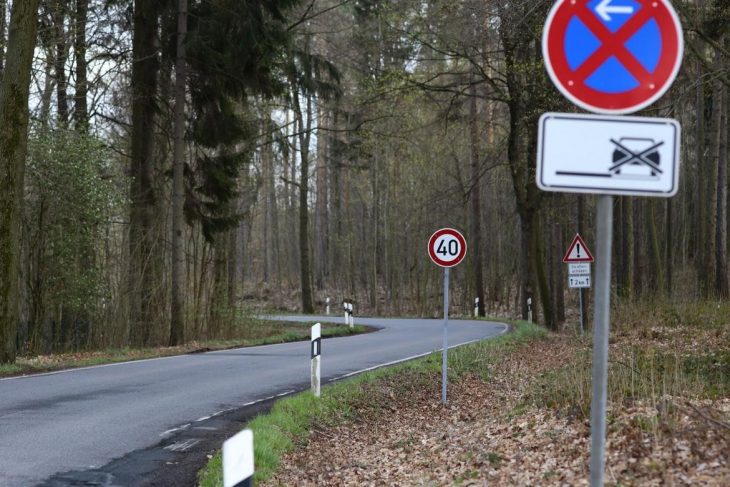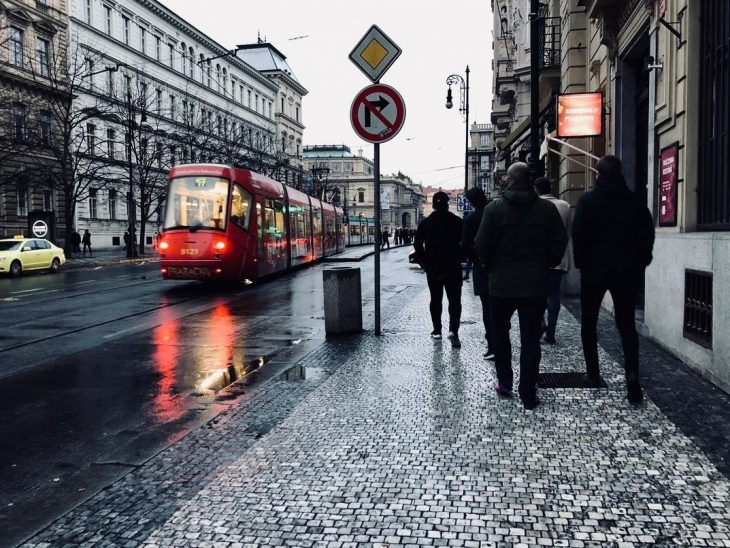Traffic signs are a major part of our everyday pedestrian and motorist lives. Imagining the roads without them enforcing the law, giving us guidance and warnings is impossible.
There are over 500 approved traffic signs and a quick browser search can reveal a ton of information about the very signs that probably protect us from danger on a daily basis. Each category serves a specific purpose, whether it is to warn or alert us, they are there for a reason.
Despite the fact that we learned the traffic signs in Driver’s Ed, that was probably a long time ago and who can remember all of them when we’re mostly driving to work and back. If you’re thinking of driving on the open road, getting a reminder of the meaning of traffic signs would be a great idea.
There are three major categories of signs that no road would be completely safe without, so read on and refresh your traffic sign knowledge.
Warning signs
Traffic signs come in different shapes and colors in order to be differentiated and recognized more easily. Warning signs are easy to spot because of their diamond shape and their yellow and black coloring. In fact, yellow is just second after red when it comes to visibility, grabbing peoples’ attention almost instantly.
Driving or walking, the black and yellow color alerts you of a possible threat or warns you of a possible hazard. Many people have been inadvertently hurt because they were too occupied on their phones, or they just missed the sign.
Their vertical yellow-black counterparts, the bollard posts, really excel where human perceptiveness doesn’t. Bollards are posts that serve to protect us by creating an architectural perimeter. When they aren’t serving as visual guides for drivers, they save lives.
These posts are designed to stand out and be noticed. Besides reducing clutter in the city traffic, bollards can also serve a greater purpose. Schools have put parents’ minds at ease by installing bollards at the entrance and the exit, protecting the children from stray vehicle impacts, making bollards an absolute must where traffic is fairly common.
Regulatory signs
Out of all of the traffic signs, the familiar universal big red stop sign is probably the most recognizable traffic sign in the world. Regulatory signs reinforce traffic laws that apply to that certain area, or in short, what we must or must not do.
Shaped like an inverted triangle, another regulatory sign is the yield sign which indicates that we should let the person operating another vehicle have the right-of-way.
Guide signs
Guide signs are crucial for people that are new to a certain area. Providing the motorist with information about distance and guidance on how to reach a certain place, these green signs are life-savers when we just don’t have navigation around.
Besides navigational arrows that point you in the right direction, some of the guide signs also mark federal interstates, state highways, and county or municipal roadways.
Additional traffic signs that ensure safety
- Speed limit signs. These signs are large and indicate the start of a speed limit. Smaller versions of the same sign serve to remind you of the speed limit. You just need to bear in mind that exceeding the speed limit can be costly as well as dangerous. It’s worth adding that if the speed limit isn’t specified, one should keep a steady 30 mph.
- Pedestrian zone signs essentially serve as indicators of a high pedestrian area activity. In most cases, driving in these areas is completely prohibited, but sometimes, the movement limitations can only apply to certain days of the week or to a strictly specified time on a particular day. Regardless, you should be extra careful when you drive through or near these areas.
- Tram signs. Usually, the roads used by trams are easy to spot with their different color and different texture to the rest of the road, or they are edged with special road markings. The most common tram sign is “Tram Only”, indicating that the route of the tram should be kept clear and uninterrupted.
Final thoughts
Traffic signs are a universal language that we should all know. At times the sheer amount of their shape, color and meaning can be overwhelming, but we hope that we managed to jog your memory a bit.
With the newly refreshed knowledge of traffic signs, we leave you to enjoy life on the road or as a pedestrian.










